Andrey Esipenko Beats Magnus Carlsen: Game Analysis
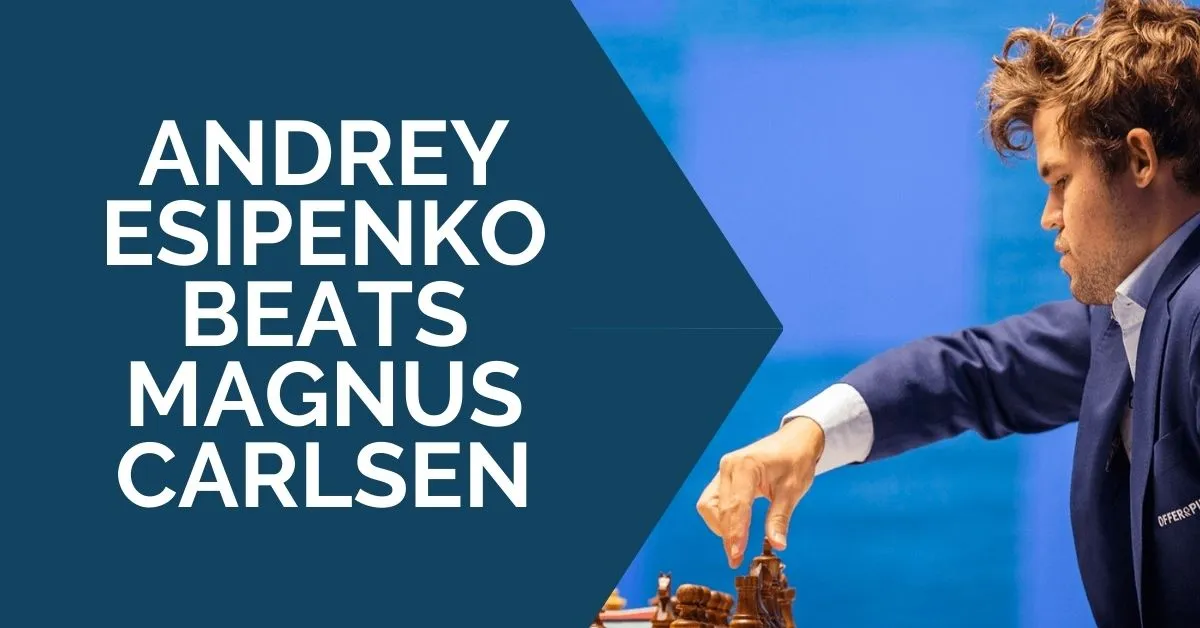
The chess super-tournaments held in a small Dutch town Wijk aan Zee are never boring. The reason lies behind a great composition of the participants. It is a place where the elite players (usually led by the World Champion) face less-known but still dangerous players, sometimes even rated below 2700.
This year’s edition, the Tata Steel Tournament 2021, was one of the most exciting recent chess events as well. Not only Jorden van Foreest (rated 2671) surprised the world by taking first place and leaving back such outstanding players as Magnus Carlsen, Anish Giri, Fabiano Caruana, and others, but also 18 years old Russian grandmaster Andrey Esipenko (rated 2677) finished in third place. The biggest surprise of the tournament came from him. In the eighth round, he beat the World Champion! Let’s see how it happened.
Andrey Esipenko (2677) – Magnus Carlsen (2862) [B84]
Tata Steel Masters Wijk aan Zee NED (8), 24.01.2021
1.e4 c5 2.Nf3 d6 Magnus started the tournament with a beautiful win over Alireza Firouzja but then made six draws in a row. The choice of the Sicilian Defense in this game shows his intention to break the drawing streak.
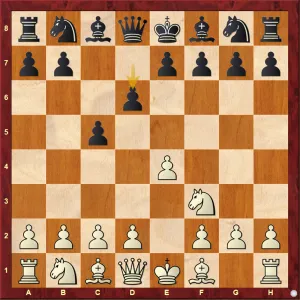
3.d4 cxd4 4.Nxd4 Nf6 5.Nc3 a6 The Najdorf variation is not the main weapon of the current World Champion, but once again, this choice shows how determined to win he was. 6.Be2 e6 In 2019, Magnus against Alekseenko opted for the more common 6…e5 but the game ended in a draw. This time he chooses the move that usually leads to more complicated and fighting positions.
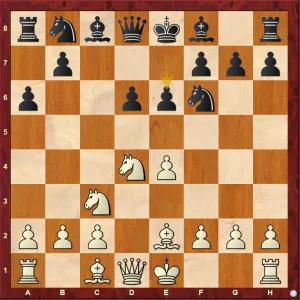
7.Be3 Be7 8.g4!? Esipenko accepts the challenge and chooses the most aggressive setup! This line is not very popular, but it is similar to what arises after the more common 6.h3 e6 7.g4. The difference is that White’s bishop is placed on e2 instead of f1 and the pawn is on h2 instead of h3.
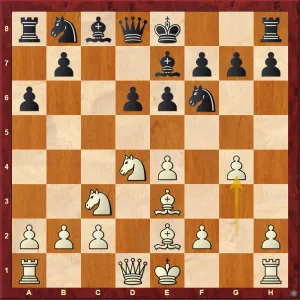
8…b5 9.g5 Nfd7
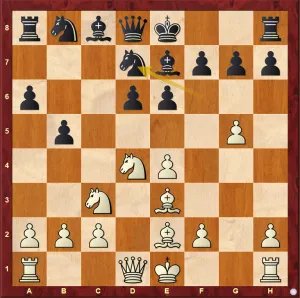
10.a3! Strong prophylactic idea. White stops Black’s queenside counterplay by the cost of the g-pawn 10…Bxg5 11.Qd2 Bxe3 12.Qxe3 Qh4 Interesting idea. In his interview, Esipenko said that he realized that Magnus’ idea was to go g7-g5 and then Qf4, exchanging queens and getting a good position. The young grandmaster decided to prevent this idea and came up with a strong prophylactic move.
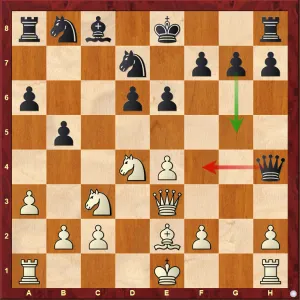
13.Rg1! Stopping Black’s plan and also attacking the g-pawn. 13…g6 14.0–0–0 Qe7 15.f4 Bb7

16.Kb1! The problem is that there’s no safe place for Black’s king on the board and it is not clear what they will do next. Esipenko cleverly makes a useful waiting move, asking Magnus to reveal his intentions and also setting a little trap. 16…Nc6? Missing a rare tactical idea, but the position was already difficult. After 16…0-0, White would just launch the attack with 17.h4.
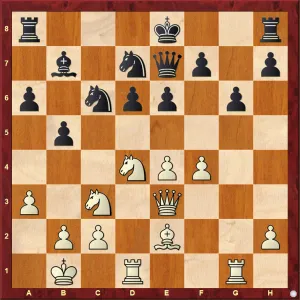
17.Ncxb5! axb5 18.Nxc6 Bxc6 19.Qc3
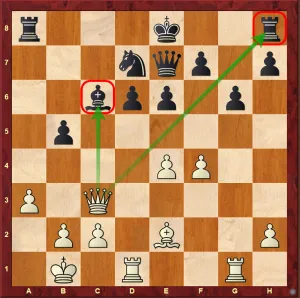
Interesting and not very common geometry. Yet, a similar idea was seen in the game Chandler – Beckmeier, Bundesliga 1987:
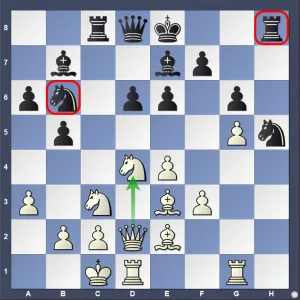
The position from the game Chandler – Breckmeier, Bundesliga 1987. Here White won a pawn after 17.Ndxb5! axb5 18.Qd4.
19…0–0 20.Qxc6 The position got simplified, Black is down a pawn and also d6 is hanging. Magnus tried to complicate things, but Esipenko was precise at converting. 20…d5 21.exd5 Rfc8 22.d6 Qd8 23.Qxb5 Rcb8 This was Carlsen’s idea. He gave up his pawn to clear the files for the rooks.
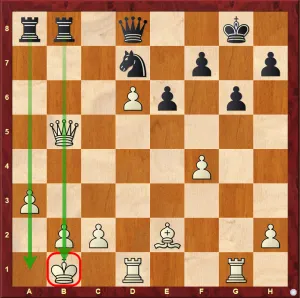
24.Qc4 Rxa3 25.Qc7 Qe8 26.Rg5 Ra4

27.Ra5! Exchanging Black’s active pieces. Things still could easily go wrong; for example, after 27.Bb5? Rxb5! 28.Rxb5 Qa8, White would be in a big danger. 27…Rab4 28.b3 R4b7 29.Qc3 Qd8 30.Bf3
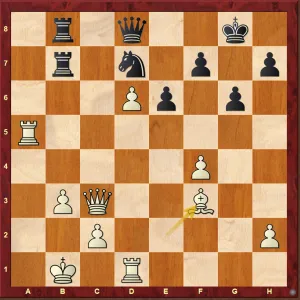
White is consolidated. Black can’t avoid further exchanges and the game comes to its logical conclusion.
30…Rb4 31.Qc7 Qf6 32.Ra8 Rxa8 33.Bxa8 Qf5
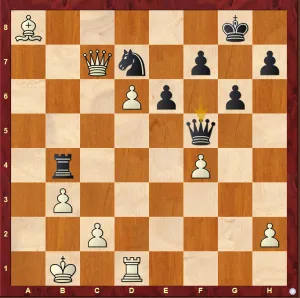
34.Kb2! Avoiding any …Rxb3 ideas. White’s d-pawn is unstoppable and Black’s counterplay is shut down. 34…Rb5 35.Qxd7 Rc5 36.Rc1 Qxf4 37.Qe8+ Kg7 38.d7 and Black resigned. 1–0
A great achievement by young Russian grandmaster Andrey Esipenko! Now the chess world will follow his results and games more closely and wait for his appearance in the future super-tournaments.



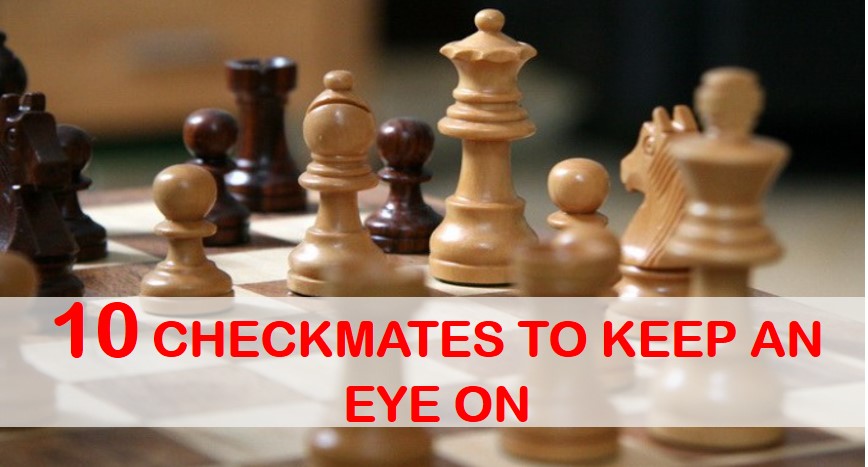
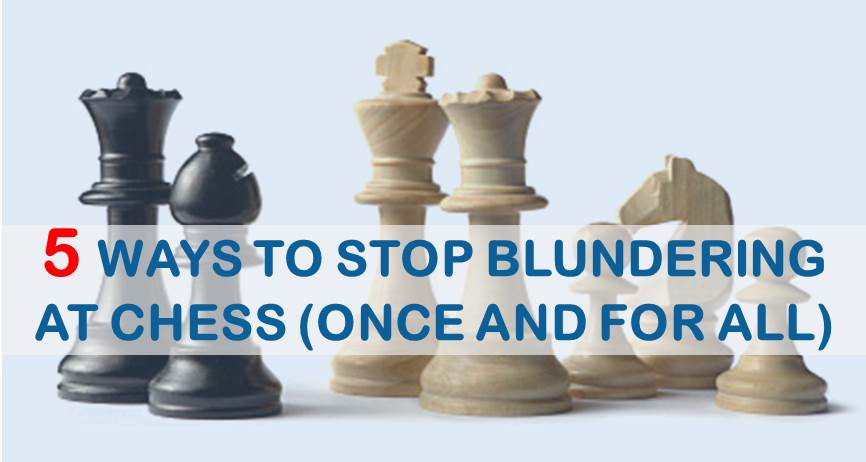
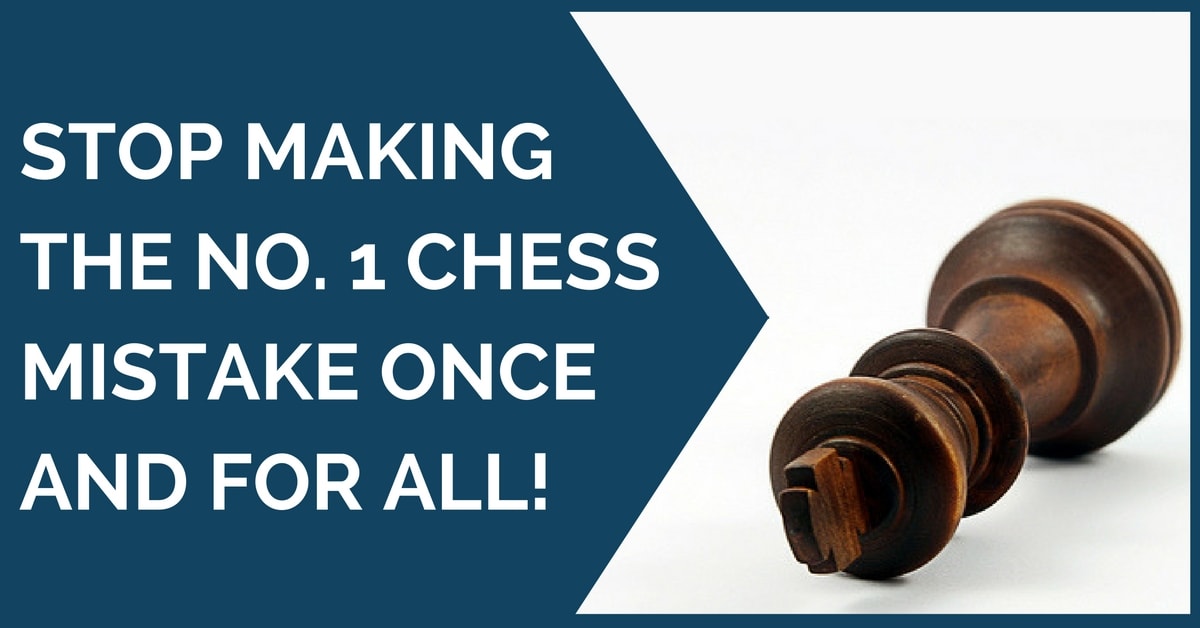




Comments: